
Ranong: The Hidden Gem of Thailand
Discover Ranong, Thailand's hidden gem with lush forests, therapeutic hot springs, stunning waterfalls, and pristine beaches. Perfect for a peaceful and nature-filled escape.
Ranong is a small, tranquil city located on the Andaman Sea in southern Thailand. Known for its stunning natural landscapes, it boasts lush forests, waterfalls, and hot springs. This coastal city is less crowded than other tourist destinations in Thailand, making it an ideal getaway for those seeking peace and nature. Ranong is famous for its hot springs, which are believed to have therapeutic properties. The Raksawarin Hot Springs are particularly popular among both locals and tourists. Visitors can enjoy a relaxing soak while surrounded by beautiful gardens. Another must-visit attraction is the Ngao Waterfall National Park, where you can hike through dense jungle paths and witness breathtaking waterfalls. The city's coastal location also means it has fantastic beaches. Koh Phayam, a nearby island, is just a short boat ride away and offers pristine beaches with clear blue waters. It is perfect for snorkeling, diving, and simply enjoying the sun. For those interested in local culture, the Ranong Governor’s Residence and the local markets offer a glimpse into the region’s history and daily life. Ranong's culinary scene is a delightful mix of Thai and Burmese influences. Seafood lovers will be in heaven as the city offers an abundance of fresh seafood dishes. Don't miss trying the local specialty, Ranong-style grilled prawns, which are a treat for the taste buds.
Local tips in Ranong
- Visit the Raksawarin Hot Springs early in the morning to avoid crowds and enjoy a peaceful soak.
- Bring sturdy shoes for hiking the trails in Ngao Waterfall National Park, as the paths can be slippery.
- Take a boat trip to Koh Phayam for a day of beach activities and snorkeling in crystal clear waters.
- Explore the local markets for unique souvenirs and try street food for an authentic taste of Ranong's culinary delights.
- Consider renting a motorbike to explore the city and its surroundings at your own pace.
Ranong: The Hidden Gem of Thailand
Ranong is a small, tranquil city located on the Andaman Sea in southern Thailand. Known for its stunning natural landscapes, it boasts lush forests, waterfalls, and hot springs. This coastal city is less crowded than other tourist destinations in Thailand, making it an ideal getaway for those seeking peace and nature. Ranong is famous for its hot springs, which are believed to have therapeutic properties. The Raksawarin Hot Springs are particularly popular among both locals and tourists. Visitors can enjoy a relaxing soak while surrounded by beautiful gardens. Another must-visit attraction is the Ngao Waterfall National Park, where you can hike through dense jungle paths and witness breathtaking waterfalls. The city's coastal location also means it has fantastic beaches. Koh Phayam, a nearby island, is just a short boat ride away and offers pristine beaches with clear blue waters. It is perfect for snorkeling, diving, and simply enjoying the sun. For those interested in local culture, the Ranong Governor’s Residence and the local markets offer a glimpse into the region’s history and daily life. Ranong's culinary scene is a delightful mix of Thai and Burmese influences. Seafood lovers will be in heaven as the city offers an abundance of fresh seafood dishes. Don't miss trying the local specialty, Ranong-style grilled prawns, which are a treat for the taste buds.
When is the best time to go to Ranong?
Iconic landmarks you can’t miss
Phu Khao Ya
Discover the breathtaking landscapes and tranquil beauty of Phu Khao Ya, a must-visit tourist attraction in Ranong, Thailand.
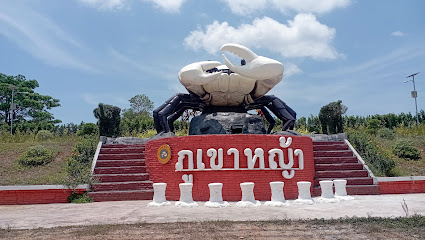
Namtok Ngao National Park
Unveil the natural beauty of Namtok Ngao National Park, where stunning waterfalls and vibrant biodiversity await your discovery in Ranong, Thailand.
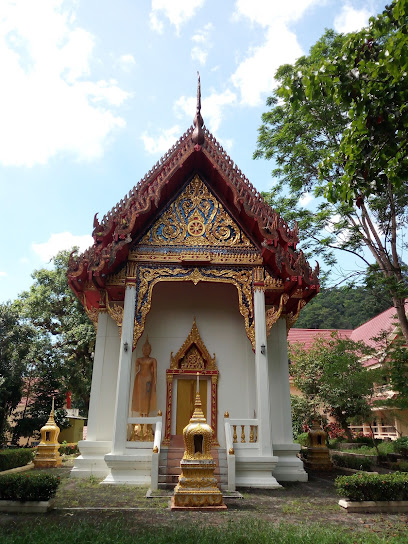
Rattana Rangsarn Palace
Explore the exquisite Rattana Rangsarn Palace in Ranong, Thailand, a stunning blend of history, culture, and architectural beauty amidst lush gardens.
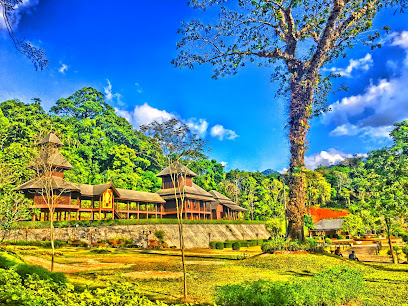
Raksa Warin Hot Spring
Experience the healing waters of Raksa Warin Hot Spring, a tranquil oasis in Ranong, perfect for relaxation and rejuvenation amid nature's beauty.
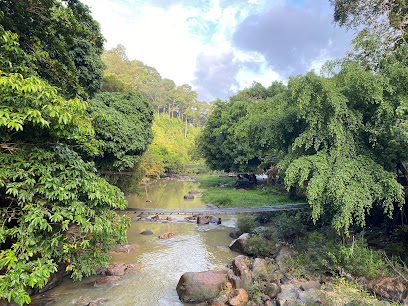
100 Years Thein Suek House
Discover the rich cultural heritage of Ranong at the 100 Years Thein Suek House, a museum that beautifully showcases the history and artistry of the region.
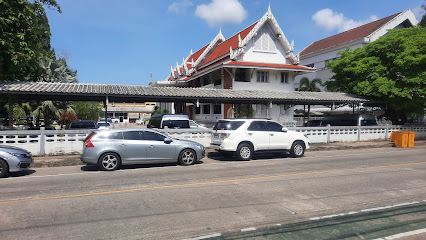
Khao Fa Chi View Point
Discover the breathtaking views and tranquil atmosphere of Khao Fa Chi View Point in Ranong, a must-visit scenic spot for nature lovers.
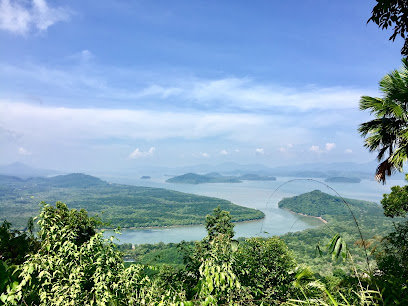
Ranong Canyon
Explore the stunning landscapes and serene beauty of Ranong Canyon, a perfect destination for nature lovers and adventure seekers in Thailand.

Punyaban Waterfall
Explore the breathtaking Punyaban Waterfall, a hidden paradise in Ranong, Thailand, where nature's beauty meets serene tranquility for an unforgettable experience.
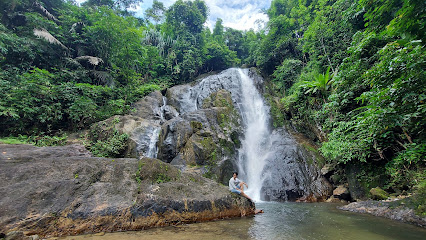
Ranong Lighthouse
Discover the stunning views and rich history of Ranong Lighthouse, a scenic gem on Thailand's Andaman coast.
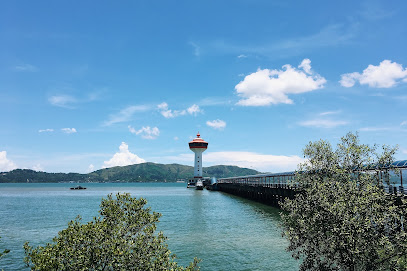
Residence of the Governor of Ranong
Explore the captivating history and stunning architecture of the Governor's Residence in Ranong, Thailand, a cultural gem of the region.
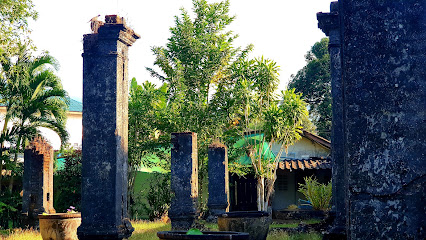
ธารศิลา รีสอร์ท THANSILA Resort
Discover tranquility at Thansila Resort, where nature meets comfort in the heart of Ranong, Thailand. Perfect for relaxation and exploration.

Namnong Hot Spa
Discover tranquility at Namnong Hot Spa in Ranong, where natural hot springs and traditional treatments rejuvenate body and mind.
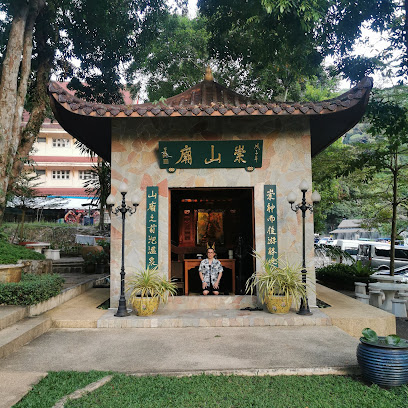
Walking Street Ranong
Explore the lively Walking Street Ranong, where food, culture, and entertainment blend for an unforgettable evening experience in Thailand.
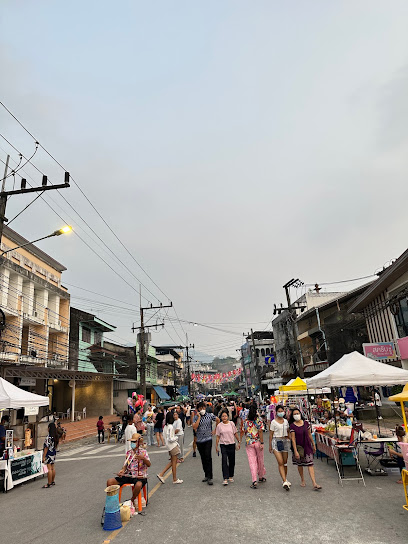
Phraya Damrong Sucharit Mahisornpakdee Monument (Ko Su Jiang)
Explore the historical significance and stunning beauty of Phraya Damrong Sucharit Mahisornpakdee Monument in Ranong, a cultural gem for every traveler.

The Smiling Seahorse
Explore Thailand's underwater treasures with The Smiling Seahorse, your premier dive shop in Ranong for unforgettable SCUBA diving adventures.
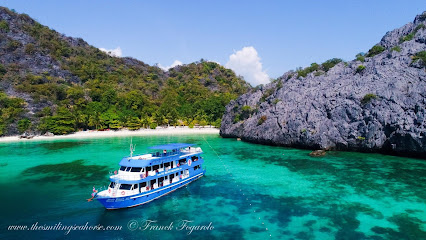
Unmissable attractions to see
Ponrang Hot Spring
Experience tranquility at Ponrang Hot Spring, a healing oasis nestled in Ranong's lush landscape, perfect for relaxation and rejuvenation.
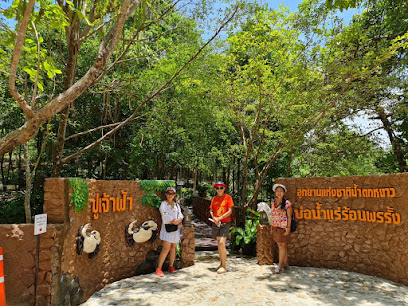
Phu Khao Ya
Explore Phu Khao Ya, a breathtaking mountain in Ranong, Thailand, offering stunning views, rich biodiversity, and serene hiking experiences.
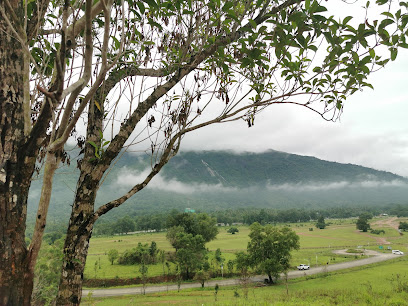
Namtok Ngao National Park
Explore the enchanting Namtok Ngao National Park, a haven of waterfalls, lush forests, and diverse wildlife in Thailand's stunning Ranong province.
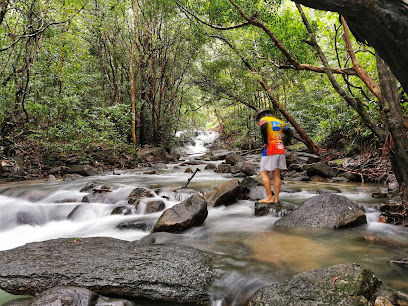
Rattana Rangsarn Palace
Explore Rattana Rangsarn Palace, a stunning blend of Thai and European architecture, nestled in the serene landscapes of Ranong, Thailand.
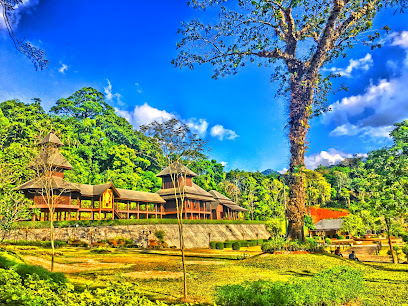
Raksa Warin Hot Spring
Discover the healing power of nature at Raksa Warin Hot Spring in Ranong, a serene oasis for rejuvenation and relaxation amidst Thailand's lush landscapes.
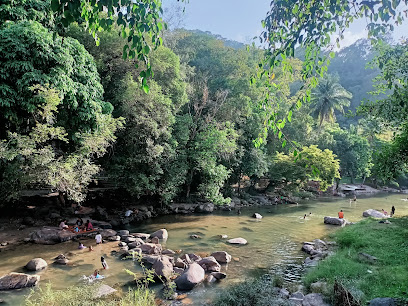
100 Years Thein Suek House
Explore the 100 Years Thein Suek House in Ranong, a captivating museum showcasing Thailand's rich cultural heritage and history.
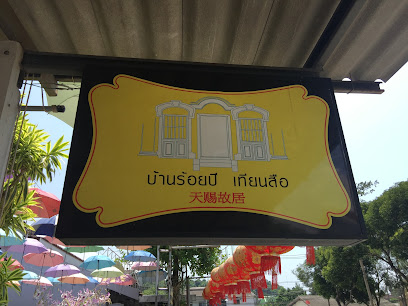
Khao Fa Chi View Point
Discover the stunning vistas of Khao Fa Chi View Point in Ranong, Thailand, a picturesque destination for nature lovers and photographers alike.
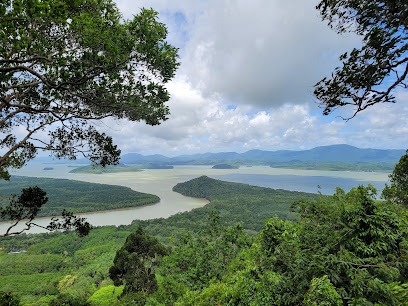
Ranong Canyon
Discover the breathtaking beauty of Ranong Canyon, a natural wonder offering stunning landscapes, unique rock formations, and a tranquil escape in Thailand.
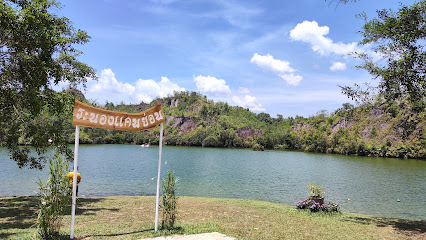
Punyaban Waterfall
Experience the natural beauty and tranquility of Punyaban Waterfall in Ranong, Thailand. A perfect escape for nature lovers and adventure seekers.
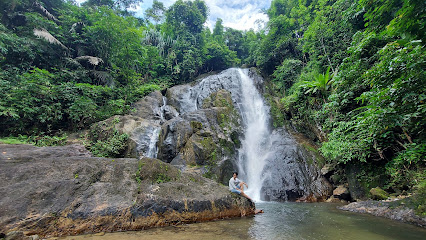
Ranong Lighthouse
Experience the breathtaking views and rich maritime history at Ranong Lighthouse, a gem on Thailand's Andaman coast.
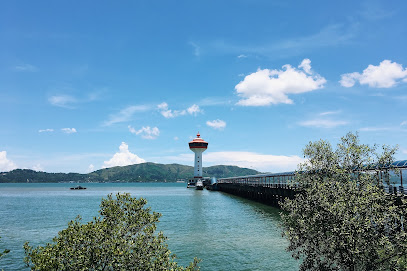
Taryn Hot Springs
Discover tranquility and rejuvenation at Taryn Hot Springs, a natural wellness retreat in the heart of Ranong, Thailand.
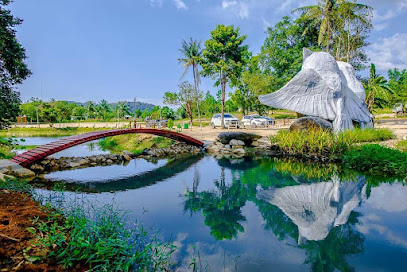
Lamnam Kra Buri National Park
Explore the pristine wilderness of Lamnam Kra Buri National Park, where adventure and tranquility meet amidst stunning landscapes and diverse wildlife.
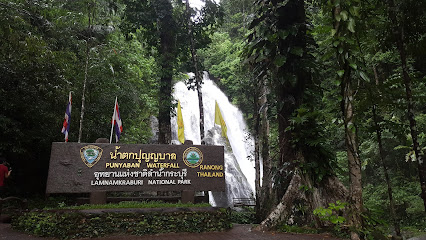
Had Som Paen Reservoir
Explore the stunning scenery and tranquility of Had Som Paen Reservoir, a serene natural retreat in Ranong, Thailand.
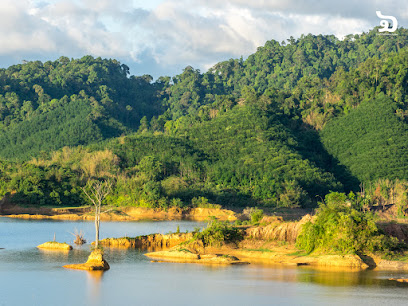
Wat Hat Sompaen
Discover tranquility at Wat Hat Sompaen, a stunning Buddhist temple in Ranong, Thailand, blending spirituality with captivating Thai culture.
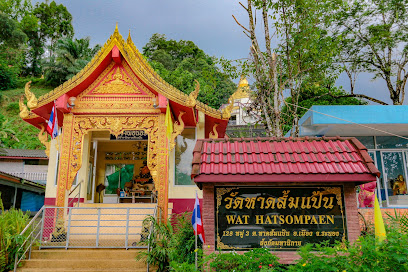
Walking Street Ranong
Experience the vibrant atmosphere of Walking Street Ranong, where local flavors, crafts, and culture come together for an unforgettable Thai experience.
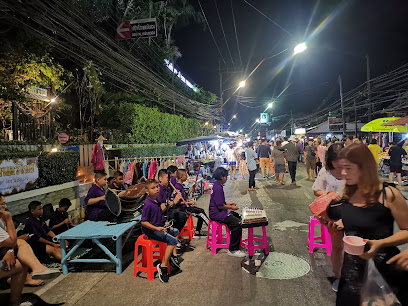
Essential places to dine
Khun Lin Restaurant
Experience authentic Thai flavors at Khun Lin Restaurant in Ranong – where every dish tells a story!
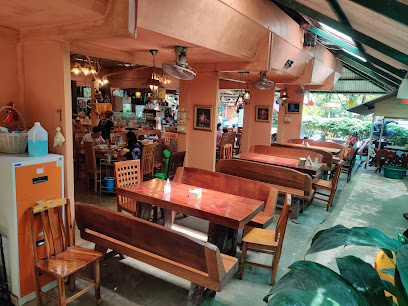
Restaurants Ranong ocha
Discover authentic Thai flavors at Restaurants Ranong O Cha - your go-to destination for delicious dim sum and delightful coffee in Mueang Ranong.
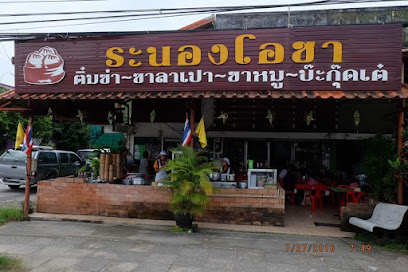
Farmhouse
Discover the perfect blend of Thai and Italian cuisine at Farmhouse in Ranong – where every dish tells a story.
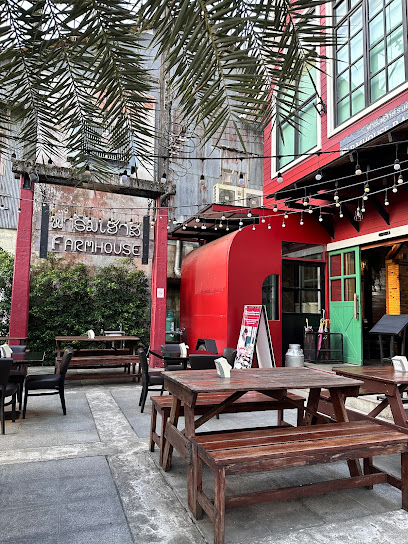
Bang Ki Roti Arab
Experience authentic Thai flavors at Bang Ki Roti Arab, the go-to halal restaurant in Ranong for mouthwatering roti and warm hospitality.
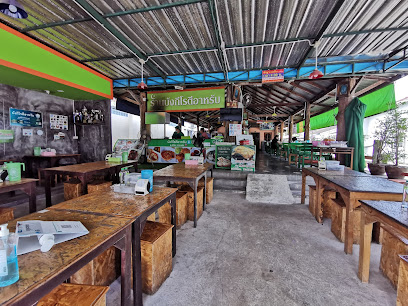
Somboon Potchana
Experience authentic Thai flavors and fresh seafood at Somboon Potchana in Ranong – your culinary haven in Thailand.
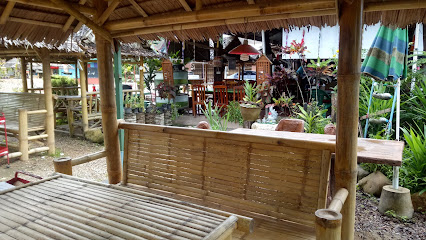
Thod Rong Thao
Experience authentic Thai country cuisine at Thod Rong Thao in Ranong – a culinary gem offering delicious flavors and warm hospitality.
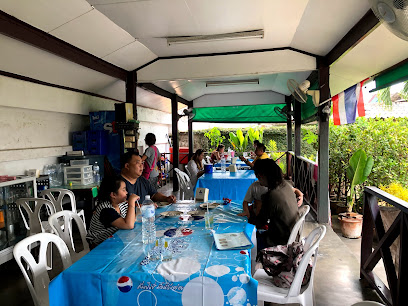
J&T Restaurant
Experience authentic Chinese cuisine at J&T Restaurant in Ranong—where delicious flavors meet local hospitality.
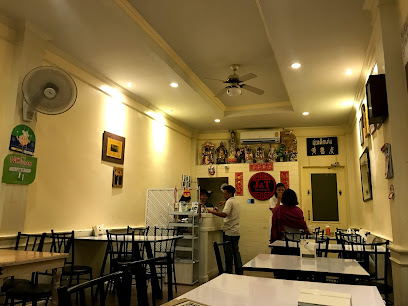
Kanok Restaurant
Experience authentic Thai flavors at Kanok Restaurant in Ranong – a must-visit destination for food enthusiasts seeking local delicacies.
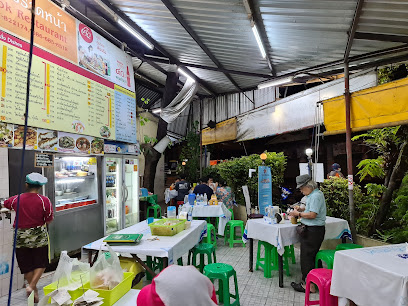
Chill Chill
Experience authentic dim sum at Chill Chill in Ranong – where tradition meets taste in every delicious bite.

Chinese Restaurant
Savor authentic Chinese flavors at Ranong's top-rated restaurant, where every dish tells a story of culinary tradition.
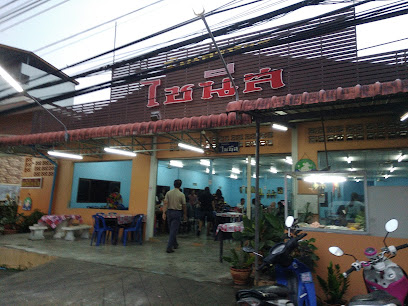
Khao Hom Restaurant Ranong
Discover the authentic taste of Thailand at Khao Hom Restaurant in Ranong - a must-visit culinary destination for every traveler.
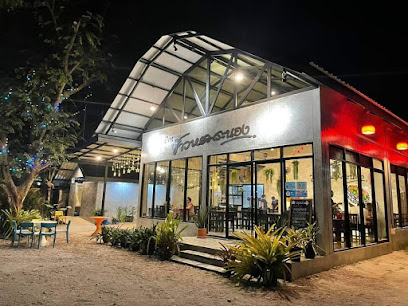
Roti Accha
Discover authentic Halal cuisine at Roti Accha in Ranong – home to delicious roti and warm hospitality.
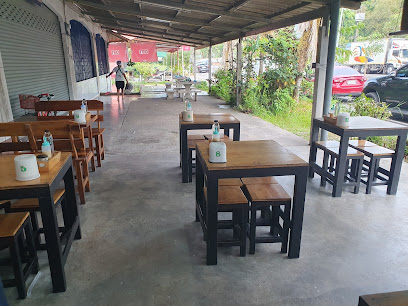
Buono@RANONG
Experience exquisite Thai cuisine at Buono@RANONG in Ranong – where tradition meets innovation in every bite.
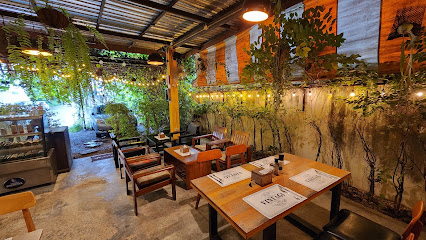
ร้านอาหารต้นหนุน Ranong
Savor authentic Thai flavors at ร้านอาหารต้นหนุน in Ranong - a must-visit dining destination for food lovers.
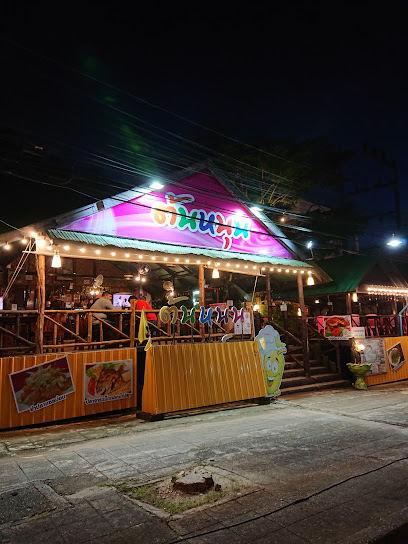
Mr. Jak’s Green Papaya Salad Village
Experience authentic Thai cuisine at Mr. Jak's Green Papaya Salad Village in Khao Niwet – a must-visit for food lovers exploring Ranong.
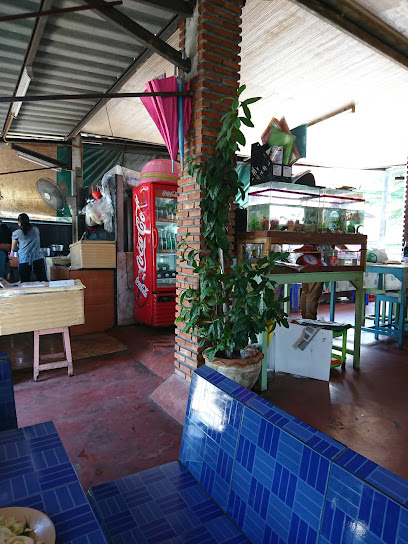
Markets, malls and hidden boutiques
Big C Supercenter Ranong
Explore the diverse offerings of Big C Supercenter Ranong, a hypermarket blending local and international shopping experiences.
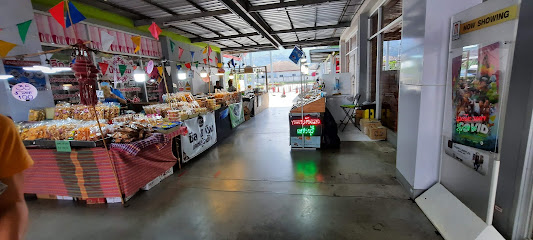
วิมลรัตน์ของฝากระนอง
Discover the essence of Ranong with unique souvenirs and local delicacies at Wimonrat Souvenir Store, a treasure trove for travelers.
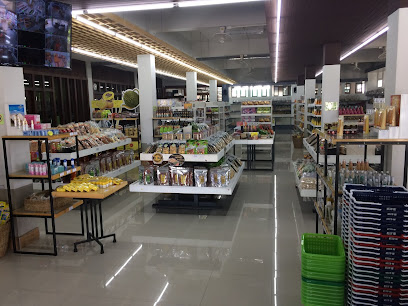
BIG C RANONG : Click & Collect
Discover the best in health and beauty at BIG C RANONG, offering a wide selection of cosmetics and personal care products in Thailand.
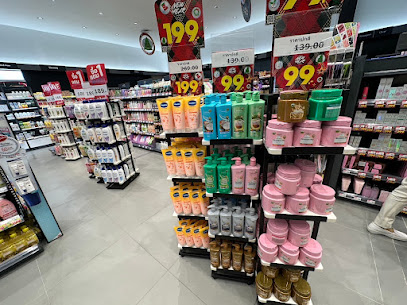
ระนองแคมป์
Discover stylish men's fashion at ระนองแคมป์ in Ranong, where local flair meets modern trends for the perfect shopping experience.
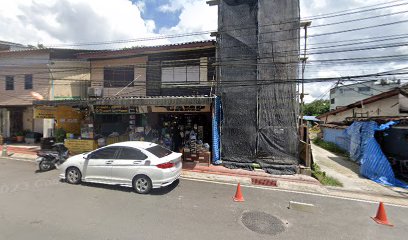
PANICH CannabisRanong
Explore the vibrant world of cannabis at PANICH CannabisRanong in Ranong - your destination for quality products and expert guidance.
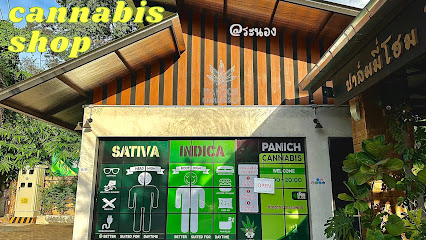
JC iMart Ranong
Explore the essence of Ranong at JC iMart, your go-to store for local crafts, snacks, and unique souvenirs in Thailand.
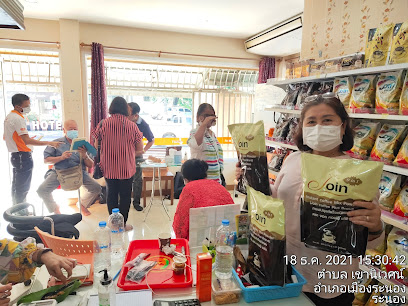
ไอติมพร
Experience the delightful flavors of ice cream at ไอติมพร in Mueang Ranong District, a must-visit spot for sweet lovers!
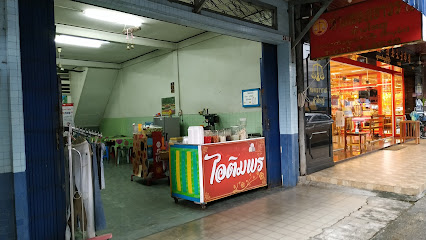
ร้านแอ๊ปเปิ้ล กิ๊ฟต์ช็อป
Explore the charm of ร้านแอ๊ปเปิ้ล กิ๊ฟต์ช็อป in Ranong, Thailand - your destination for unique souvenirs and local handicrafts.
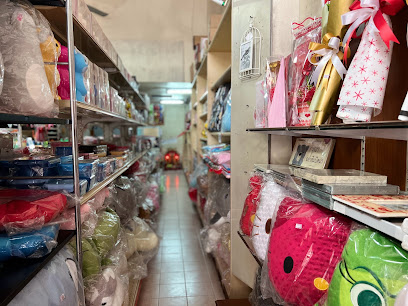
ร้านบิ๊กบอส
Explore Ranong with style and confidence at Big Boss, the top sporting goods and clothing store for all your adventure needs.
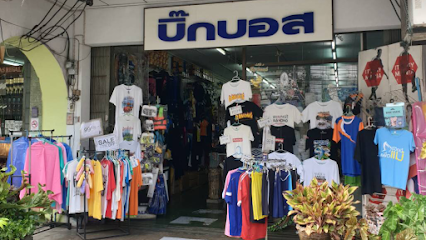
แฮปปี้ เจซี
Discover the unique offerings of แฮปปี้ เจซี, where local culture meets delightful shopping in the heart of Ranong, Thailand.
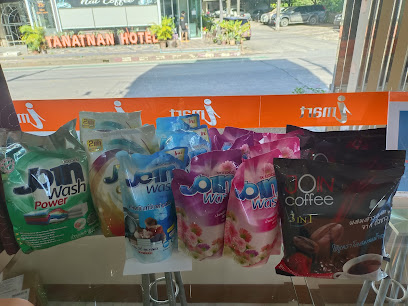
Amway Thailand Ranong
Explore Amway Thailand Ranong for premium vitamins, supplements, and cosmetics that enhance your health and beauty during your travels.
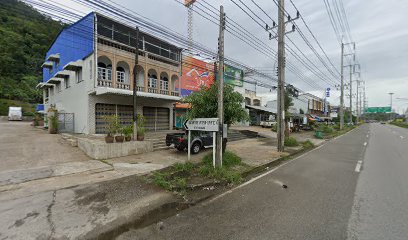
a-ki-cha หน้าร้านขายยา d.pharmus
Discover the charm of A-Ki-Cha, a cozy coffee shop in Ranong offering delightful brews and a welcoming atmosphere for travelers.
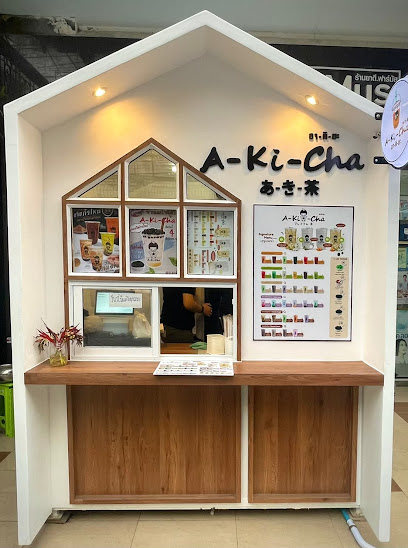
ขายของ
Explore Khao Niwet's eclectic surplus store for unique finds and local treasures, immersing yourself in the charm of Ranong's shopping scene.
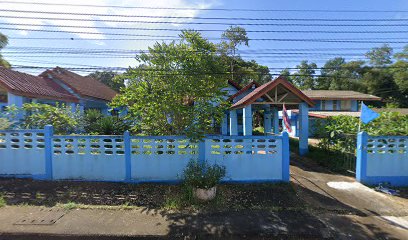
ORIENTAL PRINCESS SHOP สาขา บิ๊กซี ระนอง
Discover the best in beauty at Oriental Princess Shop in Ranong, offering an array of cosmetic and skincare products for every need.

San Sook Art & Craft สานสุข เสื้อผ้าธรรมชาติและงานแฮนด์เมด
Discover unique handmade treasures at San Sook Art & Craft, where creativity and sustainability meet in the heart of Ranong.
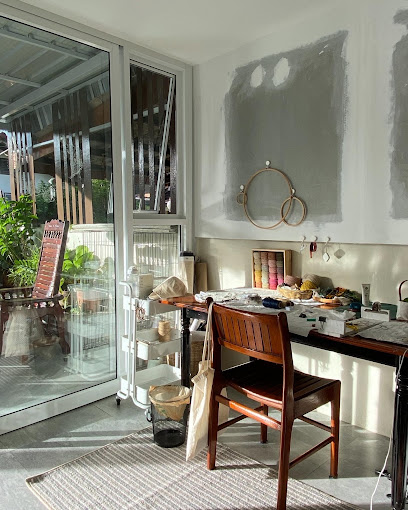
Essential bars & hidden hideouts
The B Bistro
Experience the best of Thai cuisine at The B Bistro in Ranong, where traditional flavors meet modern dining for an unforgettable culinary journey.
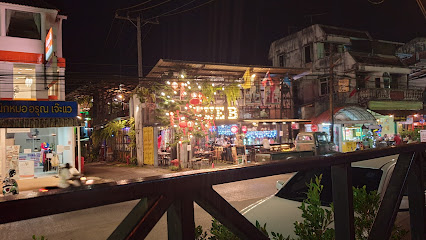
LEON Steakhouse Ranong
Discover the fusion of Thai and European flavors at LEON Steakhouse Ranong, a unique dining experience in the heart of Thailand.
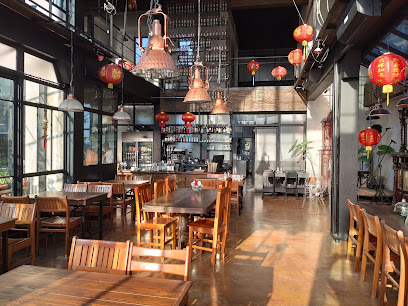
Bargu
Experience the authentic flavors of Thailand at Bargu, a cozy restaurant in Ranong, offering delicious meals at affordable prices.
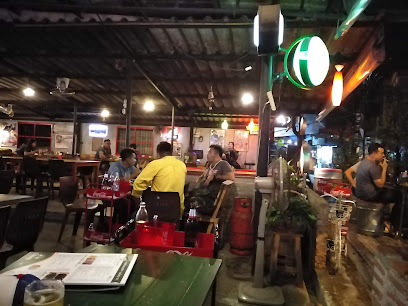
Mango Tree
Discover the tropical charm of Mango Tree, a vibrant bar in Ranong, where refreshing drinks and a lively atmosphere await.
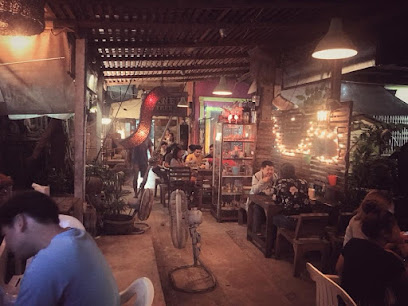
Cocktail Bar
Experience the vibrant nightlife at Ranong's premier cocktail bar, where unique cocktails and an inviting atmosphere await every visitor.
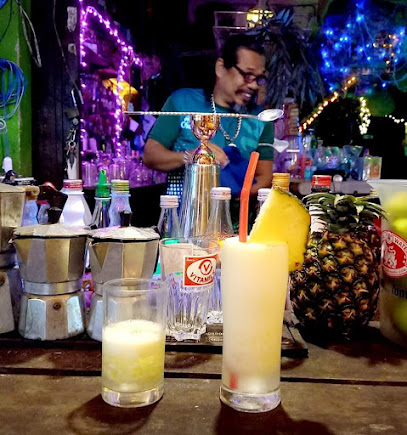
BAR-B-Q Steak House
Delight in the mouthwatering grilled delicacies at BAR-B-Q Steak House in Ranong, where each bite is a taste of Thailand's rich culinary heritage.
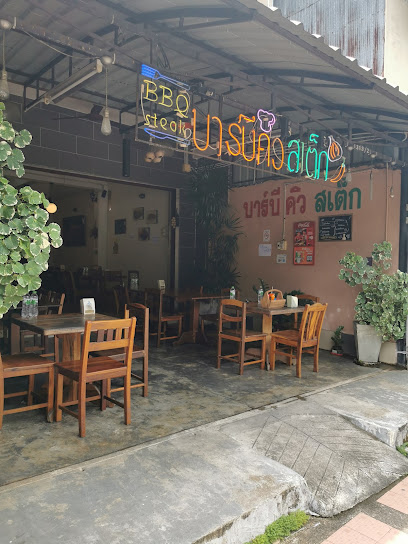
MVP
Experience the lively atmosphere of MVP in Ranong, where delicious food meets live music in a vibrant bar setting.
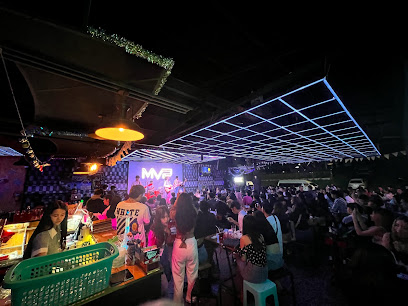
Just A Little Bar
Discover the vibrant atmosphere and local flavors at Just A Little Bar in Ranong, your perfect retreat for relaxation and socializing.
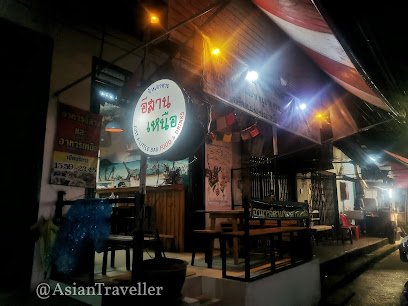
Good
Experience the vibrant nightlife of Ranong at Good Bar, where local culture meets refreshing drinks in a welcoming atmosphere.
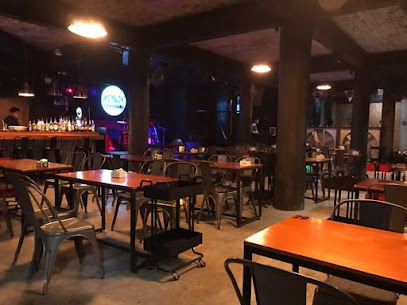
Cactus
Experience the vibrant flavors of local and international cuisine at Cactus, a must-visit restaurant in Ranong for every traveler.
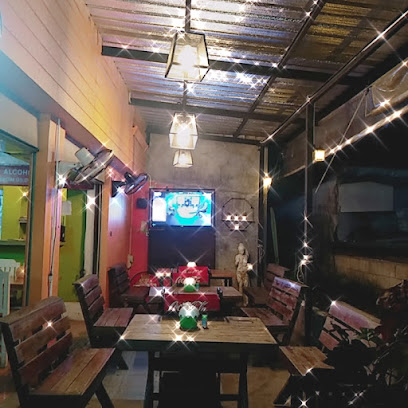
Destroy bar
Experience the vibrant nightlife of Khao Niwet at Destroy Bar—where cocktails, ambiance, and camaraderie come together to create unforgettable moments.
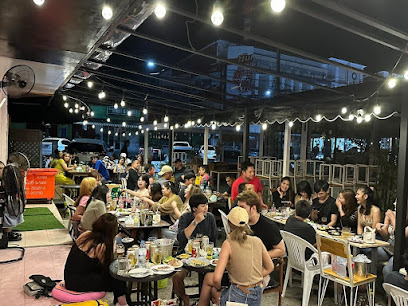
CamperBarRanong
Experience the vibrant nightlife at CamperBarRanong, a top bar in Ranong, Thailand, known for its live performances and refreshing drinks.
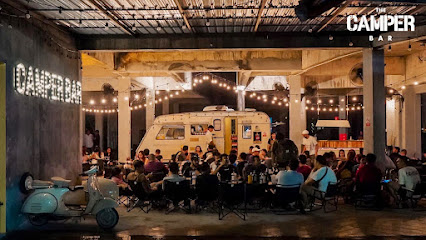
BACK BAR@Ranong
Discover the vibrant nightlife of Ranong at BACK BAR, where great drinks and entertainment await in a lively atmosphere.
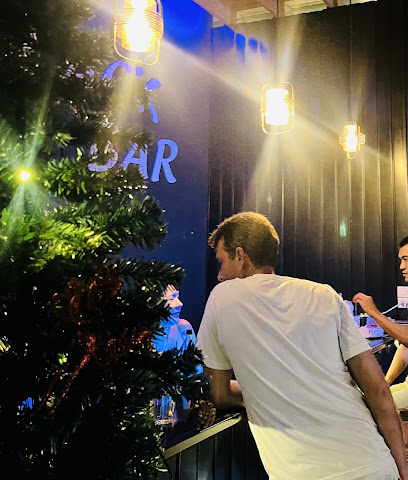
มินิแคมป์ Minicamp
Experience the vibrant nightlife at Minicamp, a cozy bar in Ranong, offering a delightful selection of drinks in a welcoming atmosphere.
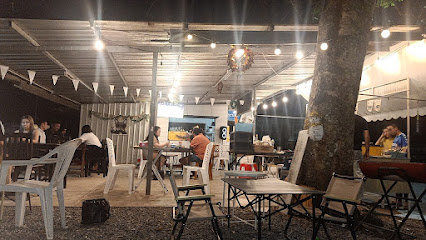
Octo-Bar & Restaurant
Experience the flavors of Ranong at Octo-Bar & Restaurant, where delicious cuisine meets a vibrant atmosphere in Khao Niwet.
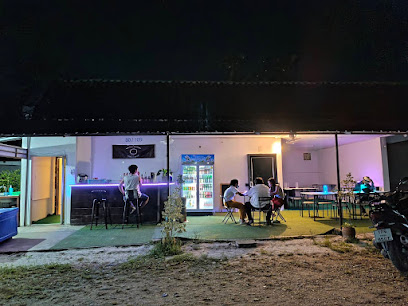
Local Phrases
-
- Helloสวัสดี
[sawasdee] - Goodbyeลาก่อน
[laa kon] - Yesใช่
[chai] - Noไม่
[mai] - Please/You're welcomeโปรด/ยินดี
[proht/yindee] - Thank youขอบคุณ
[kop khun] - Excuse me/Sorryขอโทษ
[kor toht] - How are you?สบายดีไหม?
[sabai dee mai?] - Fine. And you?สบายดีค่ะ คุณล่ะ?
[sabai dee ka khun la?] - Do you speak English?คุณพูดภาษาอังกฤษได้ไหม?
[khun poot paa saa ang-grit dai mai?] - I don't understandฉันไม่เข้าใจ
[chan mai khao jai]
- Helloสวัสดี
-
- I'd like to see the menu, pleaseขอดูเมนูหน่อยค่ะ
[kor doo menu noi ka] - I don't eat meatฉันไม่กินเนื้อ
[chan mai gin nuea] - Cheers!ชนแก้ว!
[chon gaeo] - I would like to pay, pleaseขอจ่ายเงินหน่อยค่ะ
[kor jai ngern noi ka]
- I'd like to see the menu, pleaseขอดูเมนูหน่อยค่ะ
-
- Help!ช่วยด้วย!
[chuai duay] - Go away!ไปห่างเถอะ!
[pai yang the] - Call the Police!โทรตำรวจ!
[tor tam-ruat] - Call a doctor!โทรหมอ!
[tor mor] - I'm lostฉันหลงทาง
[chan long tang] - I'm illฉันไม่สบาย
[chan mai sabai]
- Help!ช่วยด้วย!
-
- I'd like to buy...ฉันอยากซื้อ...
[chan yahk seuu...] - I'm just lookingฉันแค่ดูอย่างเดียว
[chan kae doo yang diao] - How much is it?ราคาเท่าไหร่?
[ra-ka tao rai?] - That's too expensiveแพงเกินไป
[paeng geon pai] - Can you lower the price?ลดราคาได้ไหม?
[lot ra-ka dai mai?]
- I'd like to buy...ฉันอยากซื้อ...
-
- What time is it?ตอนนี้กี่โมงแล้ว?
[ton-nee kee mong laeo?] - It's one o'clockเป็นโมง
[pen mong] - Half past (10)สามสิบครึ่ง
[sam sip khreung] - Morningเช้า
[chao] - Afternoonบ่าย
[bai] - Eveningเย็น
[yen] - Yesterdayเมื่อวาน
[meua wan] - Todayวันนี้
[wan-nee] - Tomorrowพรุ่งนี้
[proong-nee] - 1หนึ่ง
[neung] - 2สอง
[song] - 3สาม
[sam] - 4สี่
[see] - 5ห้า
[ha] - 6หก
[hok] - 7เจ็ด
[jet] - 8แปด
[paet] - 9เก้า
[gao] - 10สิบ
[sip]
- What time is it?ตอนนี้กี่โมงแล้ว?
-
- Where's a/the...?...อยู่ที่ไหน?
[...yu tee nai?] - What's the address?ที่อยู่คืออะไร?
[tee yu keu a-rai?] - Can you show me (on the map)?คุณช่วยแสดงให้ฉันได้ไหม?
[khun chuay sa-dang hai chan dai mai?] - When's the next (bus)?รถเมล์ต่อไปเมื่อไหร่?
[rot mel tor pai meua rai?] - A ticket (to ....)ตั๋ว (ไป...)
[dtua (pai...)]
- Where's a/the...?...อยู่ที่ไหน?
History of Ranong
-
Ranong's history dates back to the early 19th century when it became a prominent tin mining hub. The town attracted Chinese and Burmese laborers who settled in the area. Tin mining was the primary economic activity, shaping the cultural and social landscape of Ranong.
-
Ranong's first governor, Khaw Soo Cheang, was appointed in the mid-19th century. A Chinese immigrant, he played a crucial role in developing Ranong's infrastructure and economy. His legacy is still celebrated in the city, with numerous landmarks bearing his name.
-
The Chinese community has had a significant influence on Ranong's culture and economy. Many Chinese immigrants came to work in the tin mines and subsequently established businesses. Today, Chinese temples and festivals are integral parts of Ranong's cultural fabric.
-
Buddhism is the predominant religion in Ranong, and the city is home to several significant temples. Wat Hat Som Paen and Wat Suwan Khiri are notable for their architecture and historical importance. These temples serve as centers for community activities and spiritual practices.
-
Ranong's proximity to Myanmar has led to a considerable Burmese influence on its culture. Burmese immigrants contributed to the labor force in the tin mines and brought their customs and traditions. This cultural blend is evident in local cuisine, festivals, and daily life.
-
During World War II, Ranong was occupied by Japanese forces. The occupation had a significant impact on the local population, leading to hardships and changes in the social order. Post-war recovery was gradual, but the period left a lasting mark on Ranong's history.
-
In recent decades, Ranong has seen significant development, transforming from a quiet mining town to a bustling tourism hub. Attractions such as the hot springs, national parks, and pristine beaches draw visitors from around the world. Ranong's unique blend of natural beauty and cultural heritage makes it a captivating destination.
-
Ranong is renowned for its natural hot springs, which have been a part of local life for centuries. The hot springs are believed to have therapeutic properties and are a major draw for both locals and tourists. The most famous hot spring is located in Raksawarin Park.
Ranong Essentials
-
Ranong is located in southern Thailand and can be reached by various modes of transportation. The nearest international airports are Phuket International Airport and Surat Thani International Airport. From these airports, you can take a domestic flight to Ranong Airport. Alternatively, you can travel by bus or car from Bangkok, which is approximately 568 kilometers away. The journey by road typically takes around 8-10 hours. There are also ferry services connecting Ranong to the nearby islands of Koh Phayam and Koh Chang.
-
Ranong is a relatively small town, and many attractions are within walking distance. For longer trips, local taxis and motorbike taxis are readily available and reasonably priced. Songthaews (shared pickup trucks) serve as the local public transport and are an affordable way to get around. Renting a motorbike or car is another convenient option for exploring the surrounding areas at your own pace.
-
The official currency in Thailand is the Thai Baht (THB). Credit cards are accepted in most hotels, restaurants, and larger shops. However, it is advisable to carry cash, especially for small purchases and in rural areas. ATMs are widely available in Ranong, and currency exchange services can be found in banks and some hotels.
-
Ranong is generally a safe destination for tourists. However, it is always best to take standard precautions. Avoid walking alone at night in unfamiliar areas and keep an eye on your belongings in crowded places. There are no specific high-crime areas targeting tourists, but staying vigilant and aware of your surroundings is recommended.
-
In case of emergency, dial 191 for police assistance and 1669 for medical emergencies. Ranong Hospital is the main medical facility in the area and provides a range of services. It is highly recommended to have travel insurance that covers medical emergencies. For minor health issues, pharmacies are available where you can purchase over-the-counter medications.
-
Fashion: Do dress modestly, especially when visiting temples and religious sites. Avoid wearing revealing clothing. Religion: Do respect local customs and traditions. Always remove your shoes before entering temples and be mindful of your behavior. Public Transport: Do be respectful and give up your seat to elderly passengers. Don’t eat or drink on public transport. Greetings: Do greet people with a traditional Thai 'wai' (a slight bow with hands pressed together). A handshake is also acceptable. Eating & Drinking: Do try local delicacies and accept food offerings graciously. Don’t refuse hospitality, as it is considered impolite.
-
To experience Ranong like a local, visit the local markets such as Ranong Fresh Market, where you can buy fresh produce and local goods. Engage with locals who are often friendly and willing to share stories about the town's history and culture. Don't miss visiting the hot springs and Raksawarin Arboretum, which are popular among locals. For a unique experience, take a boat trip to Koh Phayam, a nearby island known for its pristine beaches and laid-back atmosphere.
Trending Landmark in Ranong
-
Phu Khao Ya
-
Namtok Ngao National Park
-
Rattana Rangsarn Palace
-
Raksa Warin Hot Spring
-
100 Years Thein Suek House
-
Khao Fa Chi View Point
-
Ranong Canyon
-
Punyaban Waterfall
-
Ranong Lighthouse
-
Residence of the Governor of Ranong
-
ธารศิลา รีสอร์ท THANSILA Resort
-
Namnong Hot Spa
-
Walking Street Ranong
-
Phraya Damrong Sucharit Mahisornpakdee Monument (Ko Su Jiang)
-
The Smiling Seahorse
Nearby Cities to Ranong
-
Things To Do in Chumphon
-
Things To Do in Surat Thani
-
Things To Do in Koh Samui
-
Things To Do in Krabi
-
Things To Do in Nakhon Si Thammarat
-
Things To Do in Phuket
-
Things To Do in Trang
-
Things To Do in Hua Hin
-
Things To Do in Pattaya
-
Things To Do in Satun
-
Things To Do in Rayong
-
Things To Do in Langkawi
-
Things To Do in Samut Prakan
-
Things To Do in Bangkok
-
Things To Do in Kanchanaburi










